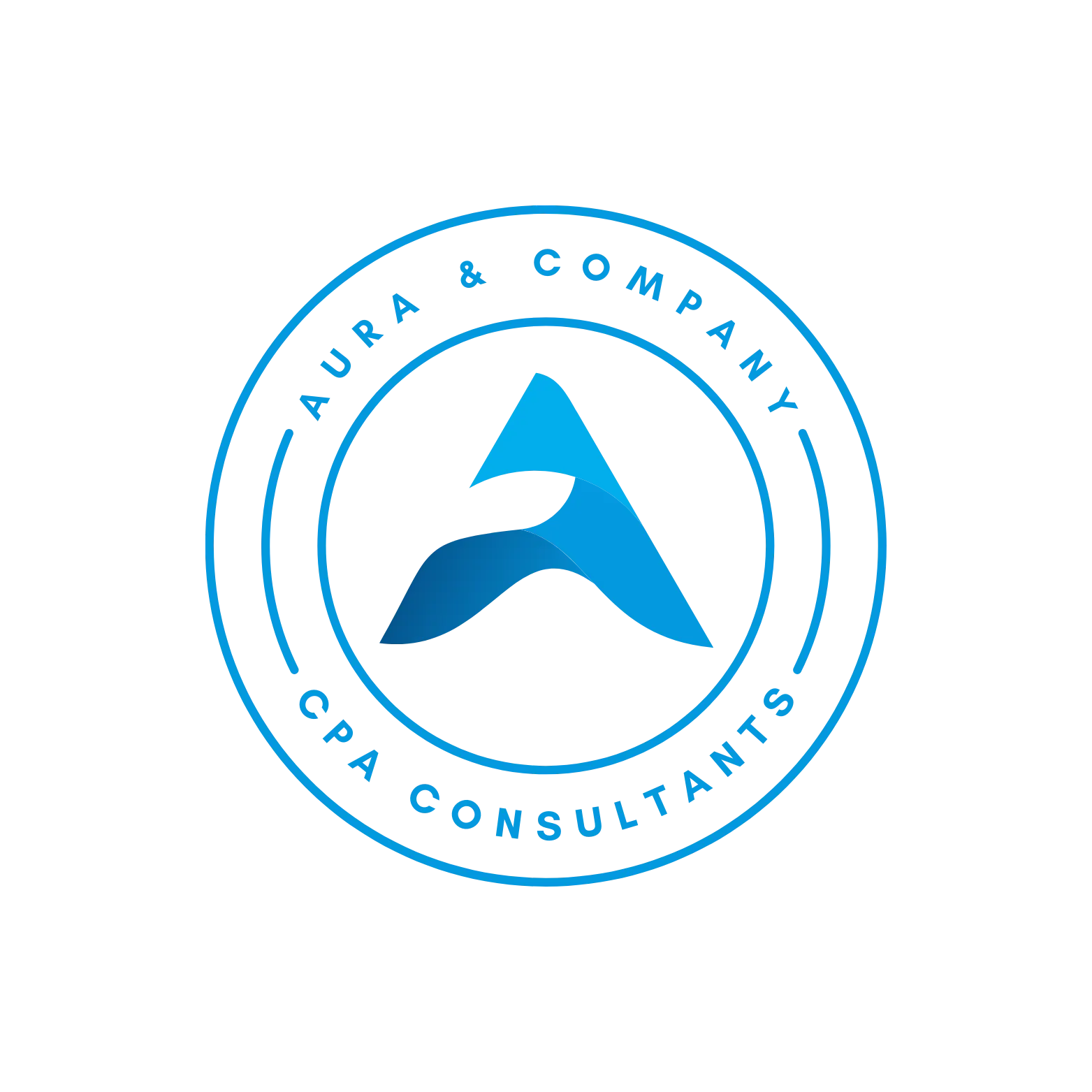How to Effectively Communicate Audit Findings to Stakeholders
Effective communication of audit findings is crucial for maintaining transparency, fostering trust, and driving meaningful action within an organization. In Kenya, where businesses operate in a dynamic regulatory environment, the clarity and impact of audit reports are more important than ever. This article outlines key strategies for effectively communicating audit findings to stakeholders, ensuring that your message is both understood and acted upon.
1. Understand Your Audience
Before you start preparing your audit report, it’s essential to understand the needs and expectations of your stakeholders. Stakeholders may include board members, senior management, investors, regulators, and employees. Each group has different levels of financial literacy and varying interests in the audit findings.
Tips:
- Segment Your Audience: Identify the key stakeholders and tailor your communication style to their level of understanding.
- Focus on Relevance: Highlight the findings that are most relevant to each group. For instance, senior management might be more interested in operational risks, while investors may focus on financial performance.
2. Structure Your Report Clearly
A well-structured report helps stakeholders easily navigate through the audit findings. The structure should be logical, with a clear progression from one section to the next.
Key Sections:
- Executive Summary: Provide a concise overview of the audit objectives, key findings, and recommendations. This section should give stakeholders a quick understanding of the report without needing to delve into the details.
- Detailed Findings: Present the audit findings in a structured manner, grouping related issues together. Use headings and subheadings to organize the content.
- Recommendations: Offer actionable recommendations for each finding. Make sure the recommendations are practical and aligned with the organization’s goals.
3. Use Clear and Concise Language
The language you use in your audit report should be clear, concise, and free of jargon. This ensures that stakeholders from different backgrounds can easily understand the findings.
Tips:
- Avoid Technical Jargon: Use plain language wherever possible. If technical terms are necessary, provide clear definitions.
- Be Concise: Keep sentences and paragraphs short. Avoid unnecessary details that could overwhelm the reader.
- Use Bullet Points: Break down complex information into bullet points or numbered lists for easy reading.
4. Visualize the Data
Visual aids can significantly enhance the clarity of your report. Charts, graphs, and tables can help stakeholders quickly grasp key information and trends.
Examples:
- Bar Graphs: Use bar graphs to compare financial metrics across different periods or departments.
- Pie Charts: Pie charts can effectively show the distribution of expenses or revenue sources.
- Tables: Tables are useful for presenting detailed data, such as audit scores or compliance rates.
5. Highlight Key Messages
Not all findings are equally important. Make sure to highlight the most critical issues and recommendations that require immediate attention.
Tips:
- Use Callouts: Utilize callouts or text boxes to draw attention to key messages or urgent findings.
- Prioritize Issues: Rank the findings in order of significance. Address high-risk issues first, followed by moderate and low-risk findings.
6. Engage in Two-Way Communication
Effective communication is not just about delivering the audit findings; it also involves engaging stakeholders in a dialogue. Encourage feedback and discussion to ensure that the findings are fully understood and to foster buy-in for the recommended actions.
Strategies:
- Presentations and Meetings: Hold meetings or presentations with key stakeholders to discuss the audit findings. Use this opportunity to answer questions and address concerns.
- Feedback Loops: Encourage stakeholders to provide feedback on the report and the recommendations. This can be done through surveys, follow-up meetings, or direct communication.
7. Follow Up on Recommendations
Communicating audit findings is only the first step. To ensure that the recommended actions are implemented, it’s crucial to follow up with stakeholders.
Tips:
- Action Plans: Develop action plans with clear timelines and responsibilities. Share these plans with stakeholders and monitor progress regularly.
- Regular Updates: Provide regular updates on the implementation of recommendations. This helps maintain momentum and accountability.
Engaging with Professional Advisors
At Aura and Company Audit Firm, we are experienced with the Audit industry in Kenya, posses a strong reputation, and are committed to providing personalized service. We do not not only help you comply with regulations but also provide valuable insights to help your business grow. Similarly, we will serve you having Regulatory Changes in the Audit Industry in mind at all times.
Visit our website at https://aura-cpa.com/, email us at audit@aura-cpa.com, Call us on 0794555000 | 0769111000 or visit us at Corner House 13th Floor Along Kimathi Street, Suite A6, Nairobi for clarification.

